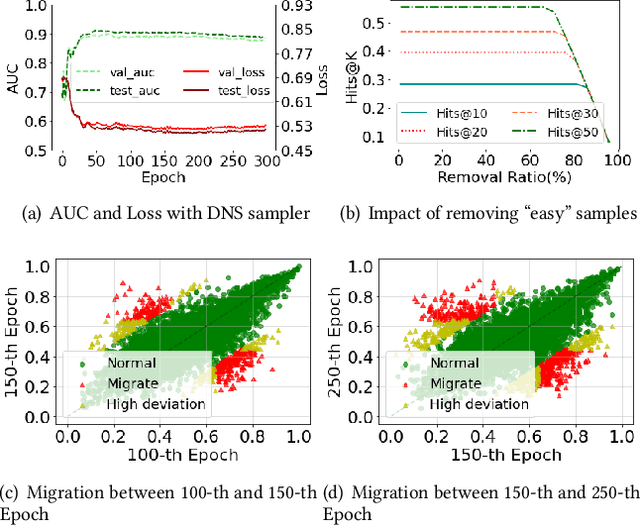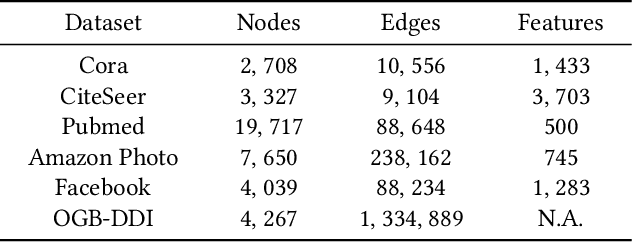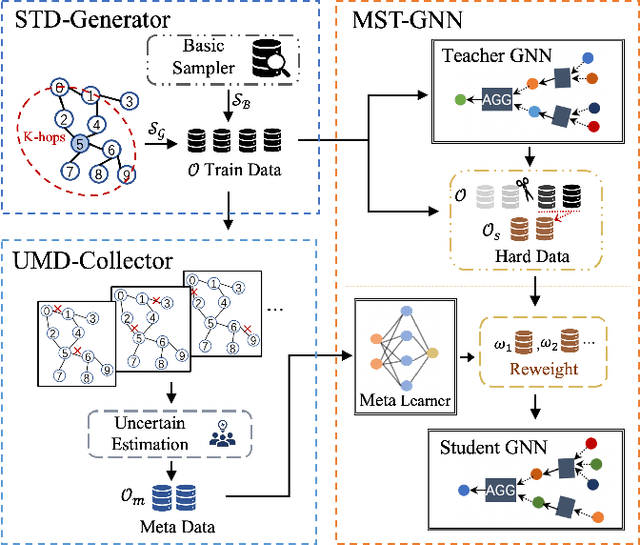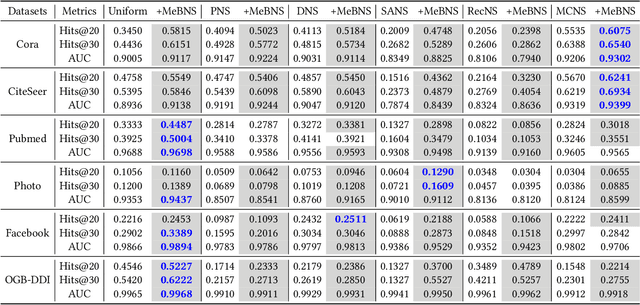Guo Ye
Fast and Low-Cost Genomic Foundation Models via Outlier Removal
May 01, 2025Abstract:We propose the first unified adversarial attack benchmark for Genomic Foundation Models (GFMs), named GERM. Unlike existing GFM benchmarks, GERM offers the first comprehensive evaluation framework to systematically assess the vulnerability of GFMs to adversarial attacks. Methodologically, we evaluate the adversarial robustness of five state-of-the-art GFMs using four widely adopted attack algorithms and three defense strategies. Importantly, our benchmark provides an accessible and comprehensive framework to analyze GFM vulnerabilities with respect to model architecture, quantization schemes, and training datasets. Empirically, transformer-based models exhibit greater robustness to adversarial perturbations compared to HyenaDNA, highlighting the impact of architectural design on vulnerability. Moreover, adversarial attacks frequently target biologically significant genomic regions, suggesting that these models effectively capture meaningful sequence features.
Smoothness Really Matters: A Simple yet Effective Approach for Unsupervised Graph Domain Adaptation
Dec 16, 2024



Abstract:Unsupervised Graph Domain Adaptation (UGDA) seeks to bridge distribution shifts between domains by transferring knowledge from labeled source graphs to given unlabeled target graphs. Existing UGDA methods primarily focus on aligning features in the latent space learned by graph neural networks (GNNs) across domains, often overlooking structural shifts, resulting in limited effectiveness when addressing structurally complex transfer scenarios. Given the sensitivity of GNNs to local structural features, even slight discrepancies between source and target graphs could lead to significant shifts in node embeddings, thereby reducing the effectiveness of knowledge transfer. To address this issue, we introduce a novel approach for UGDA called Target-Domain Structural Smoothing (TDSS). TDSS is a simple and effective method designed to perform structural smoothing directly on the target graph, thereby mitigating structural distribution shifts and ensuring the consistency of node representations. Specifically, by integrating smoothing techniques with neighborhood sampling, TDSS maintains the structural coherence of the target graph while mitigating the risk of over-smoothing. Our theoretical analysis shows that TDSS effectively reduces target risk by improving model smoothness. Empirical results on three real-world datasets demonstrate that TDSS outperforms recent state-of-the-art baselines, achieving significant improvements across six transfer scenarios. The code is available in https://github.com/cwei01/TDSS.
POA: Pre-training Once for Models of All Sizes
Aug 02, 2024



Abstract:Large-scale self-supervised pre-training has paved the way for one foundation model to handle many different vision tasks. Most pre-training methodologies train a single model of a certain size at one time. Nevertheless, various computation or storage constraints in real-world scenarios require substantial efforts to develop a series of models with different sizes to deploy. Thus, in this study, we propose a novel tri-branch self-supervised training framework, termed as POA (Pre-training Once for All), to tackle this aforementioned issue. Our approach introduces an innovative elastic student branch into a modern self-distillation paradigm. At each pre-training step, we randomly sample a sub-network from the original student to form the elastic student and train all branches in a self-distilling fashion. Once pre-trained, POA allows the extraction of pre-trained models of diverse sizes for downstream tasks. Remarkably, the elastic student facilitates the simultaneous pre-training of multiple models with different sizes, which also acts as an additional ensemble of models of various sizes to enhance representation learning. Extensive experiments, including k-nearest neighbors, linear probing evaluation and assessments on multiple downstream tasks demonstrate the effectiveness and advantages of our POA. It achieves state-of-the-art performance using ViT, Swin Transformer and ResNet backbones, producing around a hundred models with different sizes through a single pre-training session. The code is available at: https://github.com/Qichuzyy/POA.
Not All Negatives Are Worth Attending to: Meta-Bootstrapping Negative Sampling Framework for Link Prediction
Dec 12, 2023



Abstract:The rapid development of graph neural networks (GNNs) encourages the rising of link prediction, achieving promising performance with various applications. Unfortunately, through a comprehensive analysis, we surprisingly find that current link predictors with dynamic negative samplers (DNSs) suffer from the migration phenomenon between "easy" and "hard" samples, which goes against the preference of DNS of choosing "hard" negatives, thus severely hindering capability. Towards this end, we propose the MeBNS framework, serving as a general plugin that can potentially improve current negative sampling based link predictors. In particular, we elaborately devise a Meta-learning Supported Teacher-student GNN (MST-GNN) that is not only built upon teacher-student architecture for alleviating the migration between "easy" and "hard" samples but also equipped with a meta learning based sample re-weighting module for helping the student GNN distinguish "hard" samples in a fine-grained manner. To effectively guide the learning of MST-GNN, we prepare a Structure enhanced Training Data Generator (STD-Generator) and an Uncertainty based Meta Data Collector (UMD-Collector) for supporting the teacher and student GNN, respectively. Extensive experiments show that the MeBNS achieves remarkable performance across six link prediction benchmark datasets.
Learning to Infer Belief Embedded Communication
Mar 15, 2022



Abstract:In multi-agent collaboration problems with communication, an agent's ability to encode their intention and interpret other agents' strategies is critical for planning their future actions. This paper introduces a novel algorithm called Intention Embedded Communication (IEC) to mimic an agent's language learning ability. IEC contains a perception module for decoding other agents' intentions in response to their past actions. It also includes a language generation module for learning implicit grammar during communication with two or more agents. Such grammar, by construction, should be compact for efficient communication. Both modules undergo conjoint evolution - similar to an infant's babbling that enables it to learn a language of choice by trial and error. We utilised three multi-agent environments, namely predator/prey, traffic junction and level-based foraging and illustrate that such a co-evolution enables us to learn much quicker (50%) than state-of-the-art algorithms like MADDPG. Ablation studies further show that disabling the inferring belief module, communication module, and the hidden states reduces the model performance by 38%, 60% and 30%, respectively. Hence, we suggest that modelling other agents' behaviour accelerates another agent to learn grammar and develop a language to communicate efficiently. We evaluate our method on a set of cooperative scenarios and show its superior performance to other multi-agent baselines. We also demonstrate that it is essential for agents to reason about others' states and learn this ability by continuous communication.
 Add to Chrome
Add to Chrome Add to Firefox
Add to Firefox Add to Edge
Add to Edge